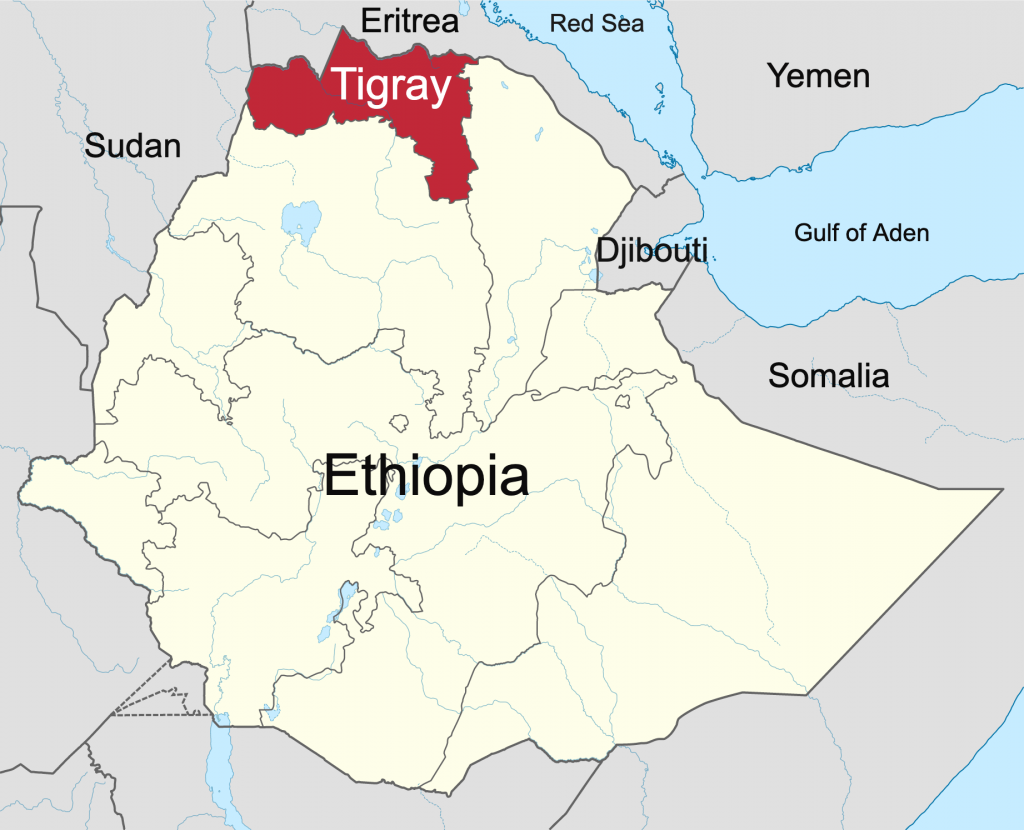
More than half of Tigrayan forces have been withdrawn from the frontlines, a month after a ceasefire agreement was signed.
Following last month's ceasefire agreement which sought to bring an end to the two-year conflict, Tadesse Wereda commander-in-chief of the Tigray People Liberation Front (TPLF) has said,
"We have accomplished 65% disengagement of our army"
Reuters, report that he made the comments in a video posted late on Saturday on the groups official Facebook page.
The fighting has killed thousands, displaced millions and left hundreds of thousands facing famine.
In a surprise diplomatic breakthrough, however, the two sides signed a permanent cessation of hostilities in an African Union (AU)-mediated peace deal on Nov. 2 in South Africa.
A follow-up agreement on disarmament of TPLF fighters, humanitarian access guarantees and entry of the Ethiopian military into the Tigrayan capital of Mekele was signed on November 12 in Kenya.
On Thursday the federal government said a joint committee mandated to draw a detailed plan for the disarmament of the TPLF had begun its work and would finalise the plan in a few days.
Even with the humanitarian access guarantees reached in the truce, the World Health Organization said on Friday it still does not have unfettered access to Tigray.
Read more at Reuters


